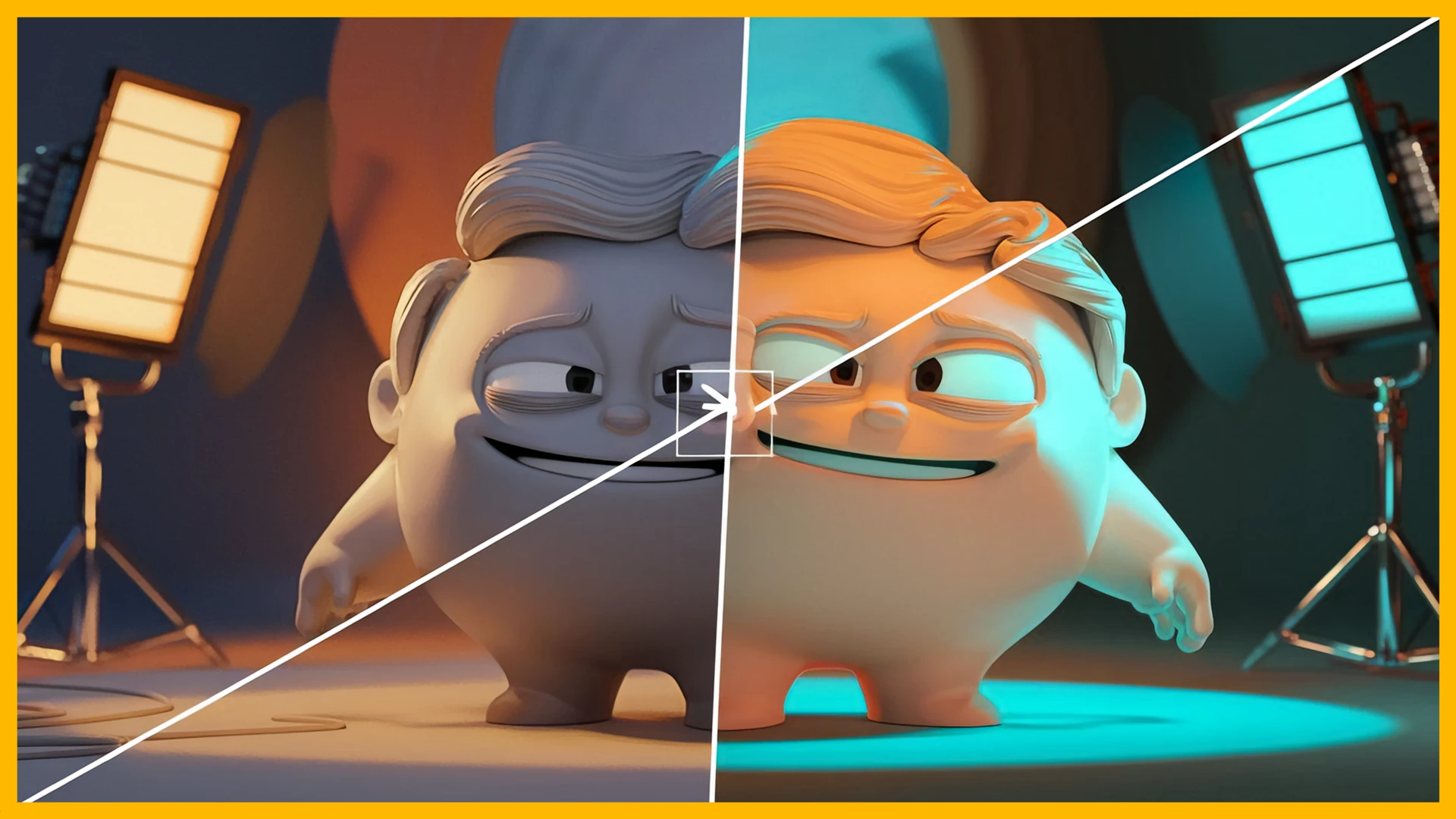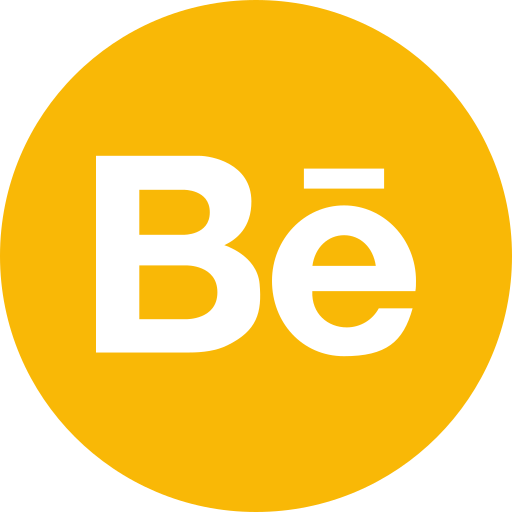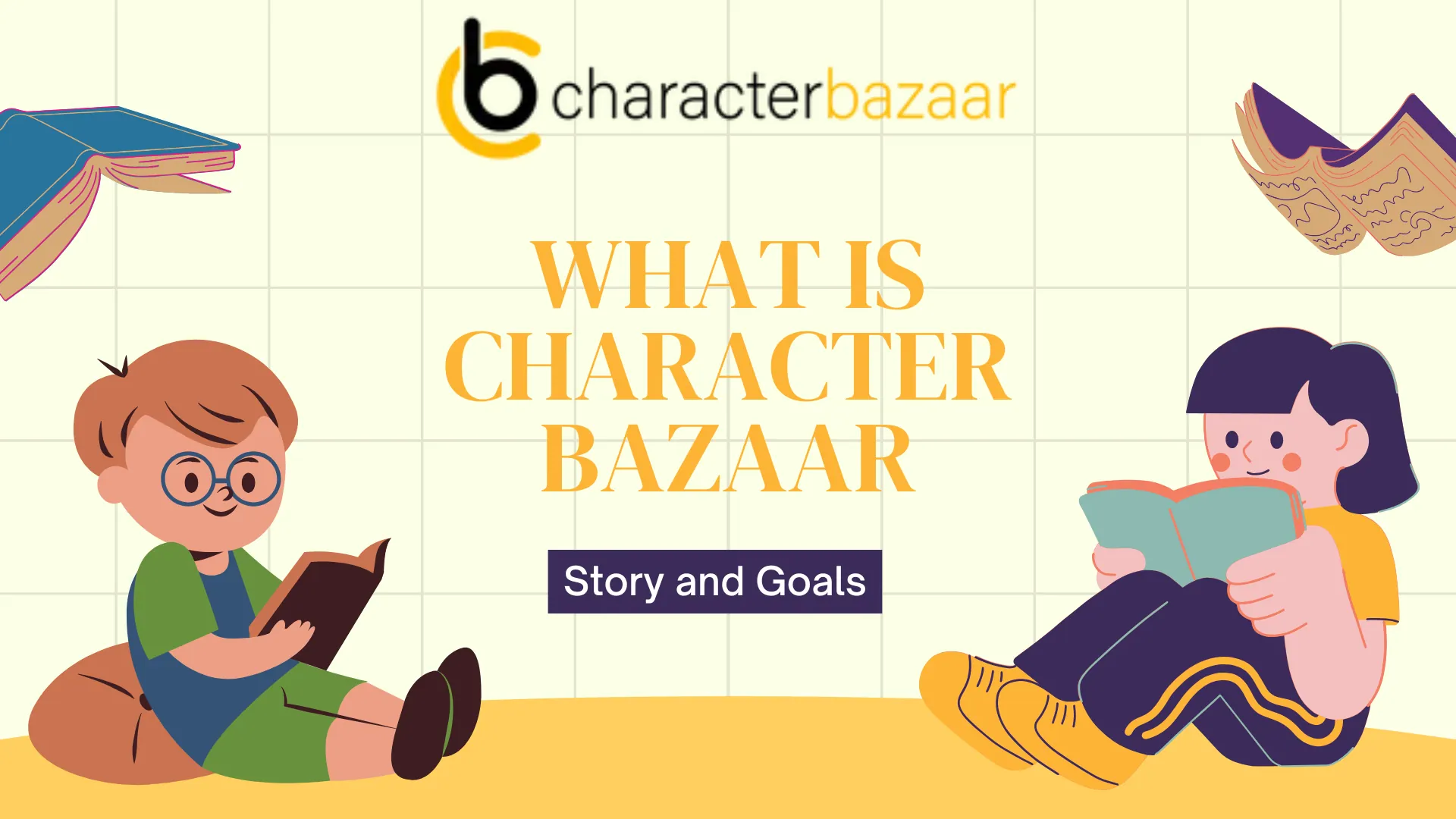
Lighting in Animation: The Secret Ingredient to Breathtaking Visuals
Have you ever watched an animated film and felt completely immersed in its world? Chances are, you’ve been captivated by the magic of lighting in animation. It’s the unsung hero that breathes life into every frame, turning simple scenes into visual masterpieces.
But what exactly is lighting in animation? And why does it matter so much? Buckle up, because we’re about to illuminate this fascinating topic!
Quick Takeaways:
But what exactly is lighting in animation? And why does it matter so much? Buckle up, because we’re about to illuminate this fascinating topic!
Quick Takeaways:
- Lighting is crucial in setting the mood and emotion of animated scenes
- Different types of 3D lighting techniques create various effects
- Mastering lighting skills can lead to exciting career opportunities in animation
What Is Lighting in Animation?
Lighting is an art of using light and shadow on computer-generated scenes to bring depth, mood, and realism into a flat world of pixels.
Think about it:
- Without lighting, characters would appear flat and lifeless,
- Scenes would lack depth and dimension.
- Emotions would not be put across as well to the audience.
Why is lighting so important in animation?
Lighting in animation has several very important functions that serve:
- Sets the mood: Ever notice how a horror movie uses dark shadowy lighting to creep you out? Well, that’s the power of lighting at work!
- Directs the viewer’s attention: Good lighting can draw attention to things that are important in a scene.
- Conveys story information: The right light will help inform about the time of day, weather conditions, and even the feelings of the characters.
- Creates depth and dimensionality: Well-placed lighting provides a three-dimensional appearance to two-dimensional objects.
- Provides continuity: Consistent lighting facilitates smooth transitions from scene to scene.
Types of Light Source in Animation
As is true for photography and film, animators have many types of lighting to work with. Let us outline here the most common types used:
- Key Light - This would be the main source of light within a scene. Usually, it is the brightest and establishes the overall feel.
- Fill Light – Used to soften shadows created by the key light, fill lights provide low-level illumination within the more obscured areas.
- Back Light - Backlights are placed behind the subject to create separation from the background and add depth.
- Ambient Light - This is soft, diffused light. It mimics light that, in a real environment is occluded, bouncing around.
- Practical Lights - These are onscreen light sources, things like lamps or computer screens.
3D Lighting in Animation: The Magic
3D lighting is a matter of creating and manipulating virtual light sources within a computer-generated environment through specialized software. You will be the virtual cinematographer since you control how the light is behaving on your scene.
Key elements of 3D lighting will involve position, color temperature, intensity, and shadow.
Pro Tip: Always a good idea to start off any lighting with reference images. Look at the real world or artwork that captures the mood you’re going for, and immediately it’ll make your job a whole lot easier!
Key elements of 3D lighting will involve position, color temperature, intensity, and shadow.
- Light placement: Where you place your lights can really affect the mood in a scene.
- Color temperature: Warm or cool lighting can be evocative of different emotions.
- Intensity: Controlling the brightness or dimness affects the atmosphere.
- Shadows: Properly rendered shadows add depth and realism to your scenes.
Lighting Techniques That Pack a Punch
Want to elevate your animation lighting game? Give these techniques a go:
- Rim lighting: Forms a rim of light around the contour of your characters, making them pop from the background.
- Volumetric lighting: Think of the great beams of light cutting through fog or dust. That’s volumetric lighting!
- Global illumination: A more technically complex method allowing one to simulate how light will bounce off surfaces, delivering extremely realistic lighting.
- Color scripting: You will be prepping the color palette and the lighting across your whole animation and creating a harmonious visual storyline.
- Dynamic lighting: This would be in regard to interactive animation or games to include interactive lighting that may change based on actions taken by a player.
Lighting Challenges in Animation
Following are some of the most common challenges that a lighting artist usually faces:
Practice and persistence will get you lighting up the world of animation in no time.
- Rendering Time: The more complex the light setup, the longer it may take to render. It pays for being optimized!
- Consistency: Sometimes, trying to keep the lighting consistent from one scene and shot to another gets really tricky.
- Technical limitations: Sometimes, the software or hardware just cannot keep up with your grand lighting visions.
- Balance Realism with Style: The sweet spot is striking a balance between realistic lighting and maintaining your animation’s unique style.
Lighting in Various Animation Styles
One size does not fit all. There is a different approach to lighting for different animation styles.
- 2D Animation: Even in flat, 2D worlds, smart shading and color use can create an illusion of light.
- 3D Animation: This is where the lighting truly takes the next level. The sky is quite literally the limit as far as what you can do.
- Stop-Motion: Physical lights are used, but again, the principles stay the same as it does in digital animation.
- Anime: High contrast with light is often used for dramatic effect.
Tools of the Trade: Lighting Software
Here are some of the more common tools out there in the proverbial wild that the pros commonly reach for:
- Maya: Industry-standard 3D animation package, with very powerful lighting options.
- Blender: Open-source and free; a perfect candidate to get you started with lighting, whether you’re a pro or not.
- Houdini: Advanced lighting and rendering capabilities make it really shine.
- Unreal Engine: Yes, this is for more than just games! It’s increasingly used on high-quality animated content.
- Arnold: A popular rendering engine that works with various 3D software.
Lighting Your Way to an Animation Career
You may just have a bright future as a lighting artist! Infuse the following knowledge into your education:
- Skills needed: Color theory, composition, and 3D software
- Education: Most universities offer programs in animation, but all sorts of online courses can be a good start, too.
- Portfolio: A strong demo reel showing skills in lighting.
- Industry demand: Good lighting artists are always in demand at animation studios.
Wrapping Up: The Bright Future of Animation Lighting
Technology’s moving, so the art moves right along with it. From real-time ray tracing to AI-assisted lighting setups, things look bright for the future. (Sorry; couldn’t resist just one more pun).
But the heart and core of lighting in animation will always be about telling stories, building worlds that fascinate the audiences, and bringing stories to life.
But the heart and core of lighting in animation will always be about telling stories, building worlds that fascinate the audiences, and bringing stories to life.
For more in-depth information on animation principles and techniques, check out these resources:
Frequently Asked Questions: Shining Light on Animation Lighting
- What’s the difference between 2D and 3D lighting in animation? In 2D, you light by just basically shading and coloring flat images to show the presence of light. In 3D animation, the image is actually filled with virtual light sources. This will bring more realistic and much more complex scenes to life.
- How long does it take to light a scene in 3D animation? That depends on the scene’s complexity and the result they want to achieve. It might take a few hours if it is some simple scene, while one complicated shot in a feature could take days or even weeks to get just right.
- Can I learn animation lighting on my own? Of course! Most successful lighting artists are self-taught in their field. You can assist your learning with lots of practice, tutorials online, and courses online.
- What is the most important thing to keep in mind while attempting to light an animation scene? Keep the story and mood in your head at all times. The best lighting serves the story and enhances the emotional weight of the scene.
- Is there any free tool on which I can practice animating for lighting? Yes! Blender is an amazing 3D software and is free. Lots of pro tools have free trials or student versions, too.
- How does the process of lighting differ between 3D animated features and live-action films? While the principles are the same, in 3D animation, you’d have total control over absolutely everything about the lighting whereas in live action, you’re often working with and enhancing existing light sources.
- What’s next for lighting in animation? With emerging technologies in real-time rendering and AI-assisted lighting, complex lighting will be easier and faster to execute, thus more accessible.
Let's Discuss !!














